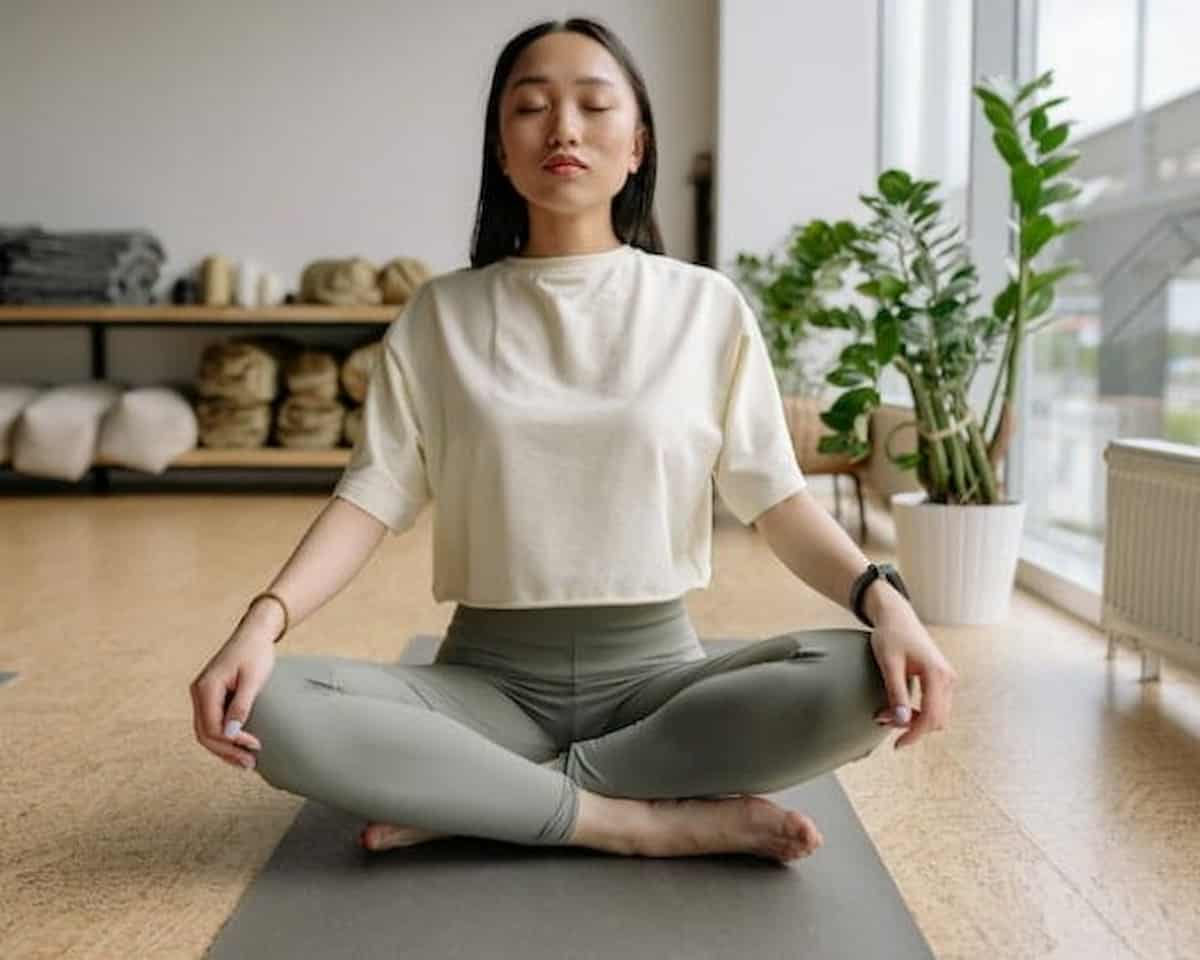In a world where everyone talks about “proper breathing” and “deep breathing,” how much importance do we give to exhalation? Some say exhalation can even transform our lives. Should we believe them?
As you read these lines, pause a little to notice your posture. Are you sitting comfortably? Or are you unconsciously tightening your chest and neck? Are your shoulders slightly hunched? And most importantly, how do you breathe? Are you getting all the air out of your lungs? Are you as concerned with your exhalation as your inhalation?
I recently discovered that I spent most of my day tight. For no apparent reason. Even when I was theoretically relaxed watching TV on my couch, I was unconsciously making a huge mistake: I wasn’t fully exhaling.
I don’t know when or why this bad habit started, but it has come to dominate most moments of my day. Until I decided to exhale normally. Automatically the tightness went away, the shoulders dropped and the neck pains subsided.
Proper breathing is a huge asset that has been linked to various ailments, but to date, its importance seems to be recognized more by professionals in the field of wellness than medicine.
What happens with each inhalation and exhalation?
To understand the importance of exhalation, let’s look at what happens when we breathe. During inhalation, our lungs capture oxygen, and while exhaling, they release carbon dioxide.
The respiratory cycle, which is constantly repeated, is achieved by the respiratory movements of the chest. These are regulated by a special center, the respiratory center of the brain, with the help of specific muscles.
In particular, the entry and exit of air from the lungs are done with the help of the diaphragm and the lateral muscles. To inhale, the intercostal muscles and the diaphragm contract. With contraction, the diaphragm descends. Thus, the volume of the chest cavity increases, causing atmospheric air to enter the lungs.
During exhalation, the muscles and the diaphragm relax, resulting in the return of the chest cavity to its original state and, therefore, the reduction of its volume. Thus, the lungs are compressed and air is forced out into the environment.
When we exhale fully, our body is programmed to reflexively inhale. If we release our ribs and expel all the air from the lungs, we activate a mechanism similar to that of a spring. We thus enable our chest to open and create a partial vacuum, into which fresh air enters as a reflex of the nervous system.

The benefits of proper breathing
Correct inhalation-exhalation fully activates the chest, contributing significantly to optimal flexibility and elasticity of the spine, head, neck and waist.
The whole system is a small laboratory that constantly measures the density of carbon dioxide in the blood. Whenever necessary, it increases and decreases the number of respiratory movements, according to the needs of our system.
The usual number of breathing movements at rest is about 24 per minute. This number, however, is not fixed because:
- Certain body functions (e.g., digestion), any effort (e.g., muscle exercise) and some mental states (anxiety, etc.) increase the breathing rate.
- Breathing is not a completely automatic function, that is, we can control it to a certain extent with our will.
What happens when we don’t breathe out?
When complete exhalation is not done, some of the carbon dioxide, which is an aggravating factor for the nervous system, can remain in the lungs. The body then receives a message that there is too much carbon dioxide and that there is not enough oxygen. So, it does what it does well: it asks for more oxygen, causing another breath.
Another cycle is activated and the body continues to inhale to take in more oxygen, which it cannot do because the lungs have not emptied sufficiently. This bad habit can lead to shallow breathing and holding our breath.
Over time, shallow breathing limits the range of motion of the diaphragm and the capacity of the lungs, and can lead to the posture of raised shoulders, an extended chest, and hyperextension of the neck that is often seen in people with emphysema, asthma, and other respiratory problems.
The transformative power of full exhalation
In the 1980s, researchers from the Framingham Heart Study, a 70-year-long research program on heart disease, found that the leading predictor of life expectancy was unrelated to genetics, diet, or exercise. It was related to lung capacity.
The average adult uses only 10% of the diaphragm’s range of motion when breathing, which puts a strain on the heart, raises blood pressure and causes many circulatory problems. If breathing is extended so that 50–70% of the diaphragm’s range of motion is utilized, the cardiovascular system will receive less stress and the body will function more properly. That’s why the diaphragm is sometimes called the ‘second heart’.
The secret to proper breathing and lung expansion, which leads to longevity, is hidden in the other part of the breath—the transformative power of full exhalation. Patients suffer not because they cannot take in fresh air, but because they cannot expel stagnant air.

Why do we forget to breathe out?
Most people focus on inhalation and do not pay attention to the process of exhalation. After all, the imperative in every difficult moment is: “Take a deep breath”. No one says: “Get all the air out of you”.
When we feel exposed to a threat, we “freeze.”. Perhaps because the primal, instinctive reaction our body has in the face of danger is activated: to fight, run away, or freeze and go unnoticed by the enemy. Some of us hold our breath and stay still.
The question remains: Are there really so many threatening moments in our lives? Or do we live with dangers inside our heads?
What can we do?
When I find myself ‘frozen’—and it happens often—I bring my mind to my breathing. The first thing I do then is to exhale completely. To get out of my nose all the air I have held, to deflate. As we have seen, breathing is not a completely automatic function, but we can control it to a certain extent. If we remember to breathe fully, no matter how many times we do this during the day, we will have taken a first step. Beyond that, meditation, yoga, and special breathing classes can help a lot. I cannot guarantee the improvement of health and longevity. From my personal experience, however, I am sure that we will have gained a much better, calmer, and more conscious everyday life with less musculoskeletal pain.


















